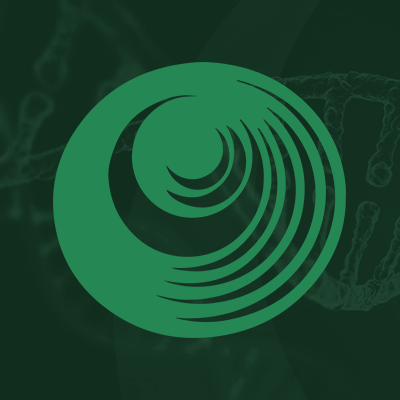Abstract
Benjamin J. Chen1, Ravi Dashnamoorthy2, Pallavi Galera1, Vladislav Makarenko1, Hong Chang3, Srimoyee Ghosh4 and Andrew M. Evens2
1 Department of Pathology, University of Massachusetts Medical School, Worcester, MA, USA
2 Division of Blood Disorders, Rutgers Cancer Institute of New Jersey, New Brunswick, NJ, USA
3 Institute for Clinical Research and Health Policy Studies and the Biostatistics, Epidemiology, and Research Design (BERD) Center, Tufts Medical Center, Boston, MA, USA
4 Tesaro, Waltham, MA, USA
Correspondence to:
| Benjamin J. Chen, | email: | Benjamin.chen@umassmemorial.org |
Keywords: lymphoma; immunotherapy; immune checkpoint; TIM-3; LAG-3
Received: February 07, 2019 Accepted: February 21, 2019 Published: March 12, 2019
ABSTRACT
Signaling through immune checkpoint receptors may lead to T-cell exhaustion and function as immune escape mechanisms in cancer. For diffuse large B-cell lymphoma (DLBCL), the mechanistic and prognostic importance of these markers on tumor cells and the tumor microenvironment remains unclear.
We determined the immunohistochemical expression of PD-1, PD-L1, TIM-3, and LAG-3 on tumor cells and on tumor infiltrating lymphocytes (TILs) among 123 DLBCL patients. TIM-3 showed positive staining on tumor cells in 39% of DLBCL cases and PD-L1 expression was noted in 15% of cases. Both PD-1 and LAG-3 were positive on tumor cells in a minority of DLBCL cases (8.3% and 7.5%, respectively), but were more widely expressed on TILs in a correlated manner. With median follow-up of 44 months (n = 70, range 5–85), 4-year progression-free survival (PFS) and overall survival (OS) rates were significantly inferior among DLBCL patients with high vs low/negative TIM-3 expression (PFS: 23% [95% CI 7% to 46%] vs 60% [95% CI 43% to 74%], respectively, P = 0.008; OS: 30% [95% CI 10% to 53%] vs 74% [95% CI 58% to 85%], respectively, P = 0.006). Differences in OS remained significant when controlling for International Prognostic Index in Cox regression analyses (HR 3.49 [95% CI 1.40–6.15], P = 0.007). In addition, we observed that co-culture of DLBCL cell lines with primed T cells in the presence of anti-LAG-3 and anti-TIM-3 induced potent dose-dependent increases in in vitro cell death via AcellaTox and IL-2 ELISA assays, suggesting potent anti-tumor activity of these compounds.

